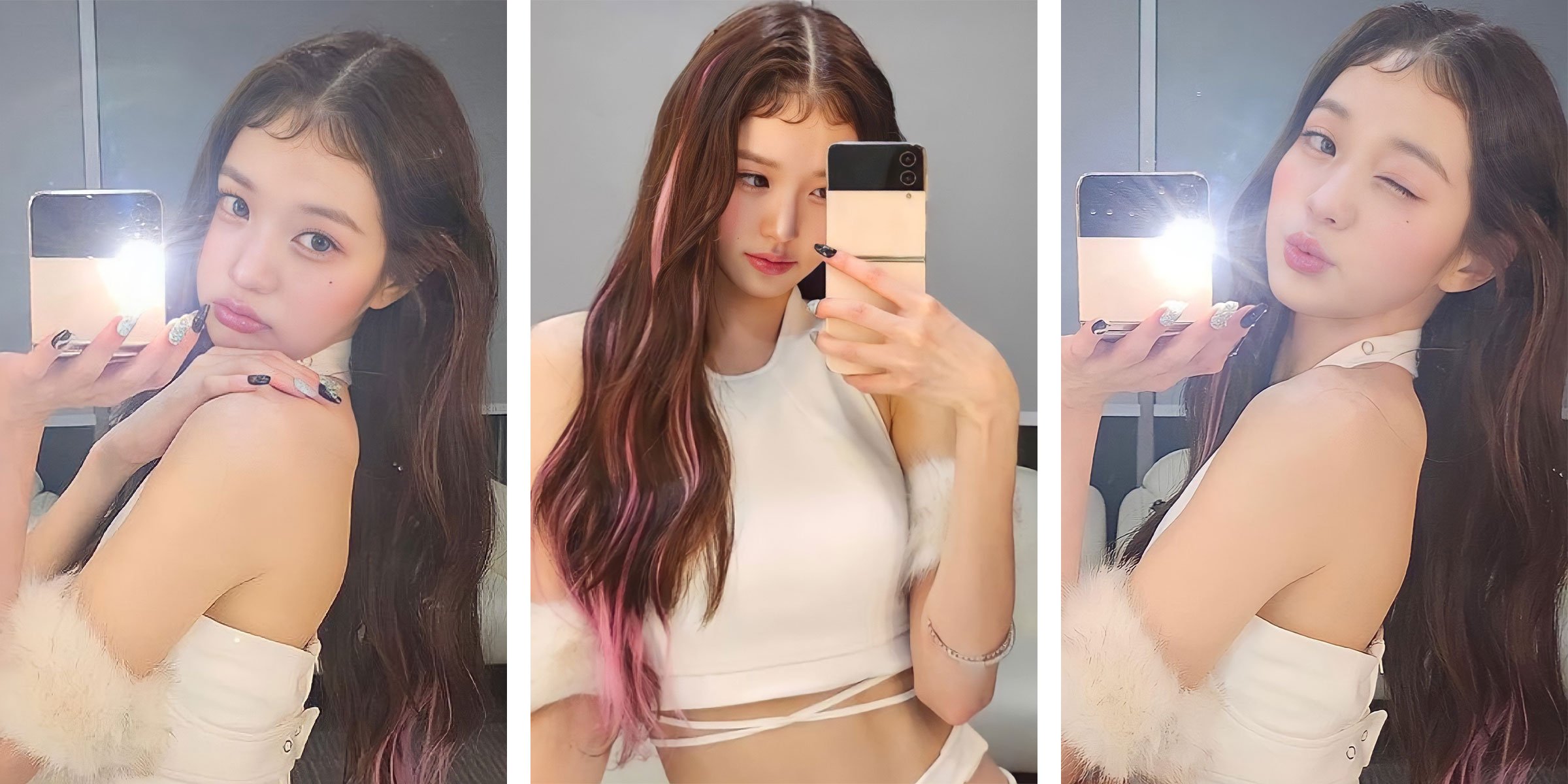The “Tweety Bangs” Saga
IVE came back in late August with their latest single “After LIKE,” which has gained a lot of attention due to its catchy chorus and choreography. With this new comeback, Wonyoung garnered a lot of attention for her new hairstyle she named “Tweety Bangs,” referring to the animated character Tweety Bird, which people have said Wonyoung resembles. However, many people online realized that the hairstyle is similar to laid down baby hairs, or edges, which isn’t new within the Black community.
A South Korean beauty TikTok star LORA has been going viral due to her now deleted TikTok video, which showed her razoring down the fronts of her hair to replicate Wonyoung’s “Tweety Bangs” look. Despite being deleted, the video made its rounds on Black K-Pop fan Twitter and had many duets on TikTok, with people confused as to why edges are being rebranded and being seen as a trend.
Wonyoung didn’t invent the “Tweety Bangs,” but rather renamed the “baby hair perm,” which had been circulating the Korean beauty space since earlier this year. Due to Wonyoung’s influence among young people on a global platform, after seeing her new hairstyle, people have been referring to it as the “Jang Wonyoung Tweety Bangs.” Hashtags such as #TweetyBang and #WonyoungBangs have even been trending within the hair and beauty community in Korea, showing its popularity. Wonyoung took to Instagram to share more photos of her new hairstyle.
Natural baby hairs are common for everybody regardless of race—Red Velvet’s Joy debuted with and was recognizable for her natural baby hairs before changing up her look, opting for a wider forehead look. However, laying them down with gel and hair glue has been a signature within the Black community. Many people aren’t bothered as much that Wonyoung is laying down her baby hairs, but more so the fact that the style has been renamed and basically rebranded.
Some people added that in some Asian cultures, baby hairs have been used in some traditional hairstyles. Within modern media, Black women are known for laying their baby hairs down—from doing so with their natural hair to when installing wigs. The different Asian cultures which people refer to when speaking about edges lack the fact that they're not currently being worn or styled today, and that they’re not the majority that comes to mind if someone were to think about edges or laid down baby hairs. In South Korea, there are some hair salons specializing in replicating different aspects of Black hair, from box braids and locs, to even mimicking the texture of 4C coily hair. The influence of Black culture, from its music to hairstyles, reaches people on a global scale—some that we aren’t aware of.
This adds on to one of the reasons why people are upset with the “Tweety Bangs” trend. Any backlash on the trend, regardless of who does it, falls onto the people who originated it and have been laying their hairs down. Among Korean netizens on the forum site Pann, comments have shown disdain for the “Tweety Bangs.” One commenter goes as far as saying,
“It's because it's Jang Wonyoung that it looks good, if a commoner did it, they'll just look homeless”.
Comments like these are being made without the realization that they are speaking on a hairstyle as a guest to the culture, regardless of whether the original “baby hair perm” trend was referenced by Black people or not, and are said without care or regard for the everyday people who lay their baby hairs down.
Coincidentally, this happened around the time that a clip from the podcast RBfilms started circulating on TikTok when one of the hosts mentions the styling of baby hairs, referring to it as “too much.” Black K-Pop fans who are on both sides of the internet are having to defend this hairstyle back-to-back with edges being rebranded as “Sticky Bangs” and “Tweety Bangs.”
Lessons to be learned: give credit where credit is due, say exactly who you’re influenced by or what your reference point is, and refrain from renaming an already existing hairstyle—especially if you haven’t personally tried to find the origins of said style or trend.
Edited by Erin Rupprecht

